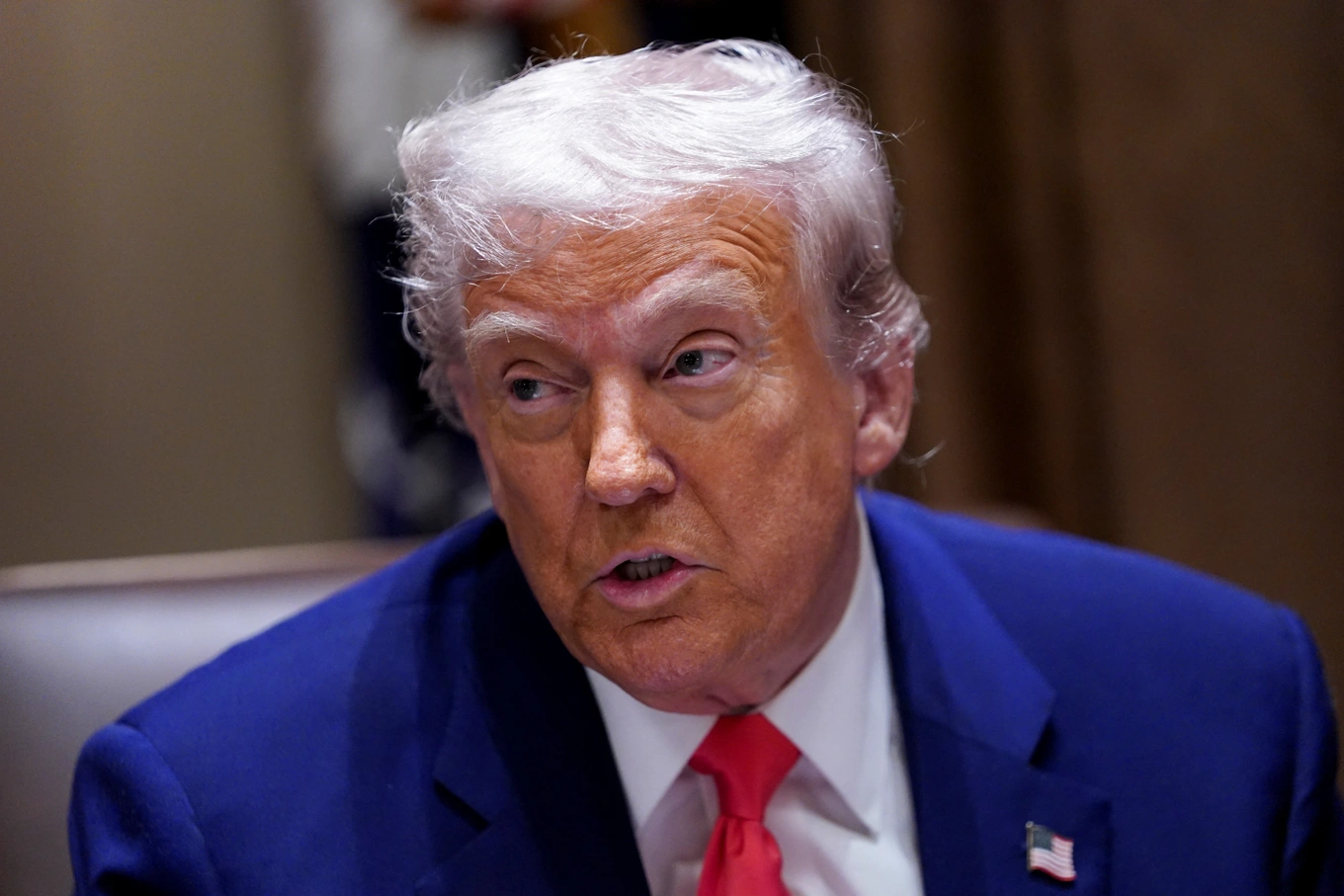A version of this story appeared in CNN’s What Matters newsletter. To get it in your inbox, sign up for free here.

The emergency of the moment is the economy. President Donald Trump declared a national emergency to address a long-standing trade imbalance and declare a global trade war.
After a week of market calamity and recession fears, Trump blinked on the most severe new taxes, which his aides had recently promised were not a negotiating tactic but were meant to restore trade balance. Instead, he’ll focus tariffs on China — now set at 125% — and give other countries 90 days to negotiate out of 10% blanket tariffs that remain in place.
Markets surged with relief.
Either the president’s economic team was bluffing when they promised the reciprocal tariffs were here to stay or the economic minds in the White House saw signs of an emerging real-time emergency — a cratering bond market alongside a cratering stock market — and realized a full-on economic implosion was possible.
The economic emergency is just one of a galaxy of emergencies and emergency authorities Trump’s administration cites for his actions.
There’s a drug flow emergency
Earlier tariffs against Canada and Mexico were imposed, the president said, because of the flow of fentanyl, leading Trump to declare emergencies at the US’ northern and southern borders. Canadians have been angered by the idea that Trump imposed tariffs due to the flow of drugs across the northern border because there’s little evidence of much drug flow there.
“At the end of the day, what we know is the relationship between Canada and the US will never be the same,” Canada’s Foreign Minister Mélanie Joly told CNN’s Jake Tapper on Tuesday.
There’s a border emergency
The military is playing a larger role at the southern border because of the national emergency Trump declared there, saying that “America’s sovereignty is under attack.”
The language of invasion also plays into Trump’s invocation of the 18th-century Alien Enemies Act, by which the administration deported some migrants without due process. The Supreme Court allowed the deportations to continue, but said this week that deportees must get a hearing.

There’s an energy emergency
Trump declared an emergency authority to supercharge energy production, particularly in the oil and gas industry, and get around environmental and wildlife protections on federal land. He’s cited that emergency also to invoke wartime powers to supercharge mineral production in the US. Separately, he’s trying to move the US back toward reliance on coal and cited his energy emergency to reclassify coal as a mineral and make its production a matter of national security. Coal is not, technically speaking, a mineral. He also cited the energy emergency to ask his secretary of energy to add more redundant — which presumably means carbon-based — energy sources to the energy grid.
And it was by citing the energy emergency that Trump forced California to open up dams and release billions of gallons of water that was not able to reach fires in Los Angeles and which farmers opposed.
There’s a lumber emergency
Trump wants more logging in the US, so his administration has invoked emergency authority to boost lumber production in the US. The idea, again, is to sidestep some environmental protections to open 112 million acres of forestland and make it more difficult for conservation groups to object to logging. Trump has complained that the US relies on lumber from Canada.
This is not how it’s supposed to work
Elizabeth Goitein at the Brennan Center for Justice at New York University has been warning for years about the overuse of emergency power by presidents.
“Emergency powers are designed to let a president respond swiftly to sudden, unforeseen crises that Congress cannot act quickly or flexibly enough to address,” she wrote recently.
“Emergency powers are not meant to solve long-standing problems, no matter how serious those problems may be. Nor are they intended to give a president the ability to bypass Congress and act as an all-powerful policymaker.”
But efforts to limit emergency power, perhaps by limiting it to 30 days instead of a year, have gone nowhere in Congress.
Trump is not alone in declaring emergencies
Presidents frequently use them to impose sanctions. There’s been an emergency declared with regard to Iran since the 1970s, and Ukraine for more than a decade, for instance.
But Trump’s use of emergency authority to fiddle with the world economy, regulate immigration, police borders and end-run around environmental laws has been supercharged in his second term.
Trump cited a long-standing national emergency with regard to Venezuela not simply to continue sanctions on the country, but also to apply tariffs to any country that does business with Venezuela and to declare the Tren de Aragua criminal network a terrorist organization.
Congress can technically undeclare an emergency
Congress has the power to rescind a president’s national emergency declaration. The House and Senate both voted to rescind Trump’s first-term border emergency declaration, but could not override his veto. It would take a supermajority to undeclare an emergency.
That means his mercurial on-and-off approach to imposing tariffs is here to stay.
Treasury Secretary Scott Bessent said Trump’s U-turn Wednesday was the plan all along. Trump later said he calibrated his approach because people were getting “yippy.”
Anyone who has been watching politics for the past decade will wonder: If organizing other countries against China’s export might was the goal, why did Trump blow up the Trans-Pacific Partnership during his first term? That multi-country trade deal was aimed at arresting China’s economic influence. Trump blew it up, and the other countries involved carried on without the US.
Now, over the next 90 days, Trump will engage in negotiations with countries the US could have been in a trade deal with for the past 10 years. He’s also negotiating with Canada and Mexico, countries he signed a trade deal with during his first term.
If the end goal of addressing the trade balance emergency were restoring manufacturing in the US, one could wonder why Trump has turned against the CHIPS Act, the bipartisan law passed during the Biden administration that intended to seed semiconductor manufacturing in the US.






